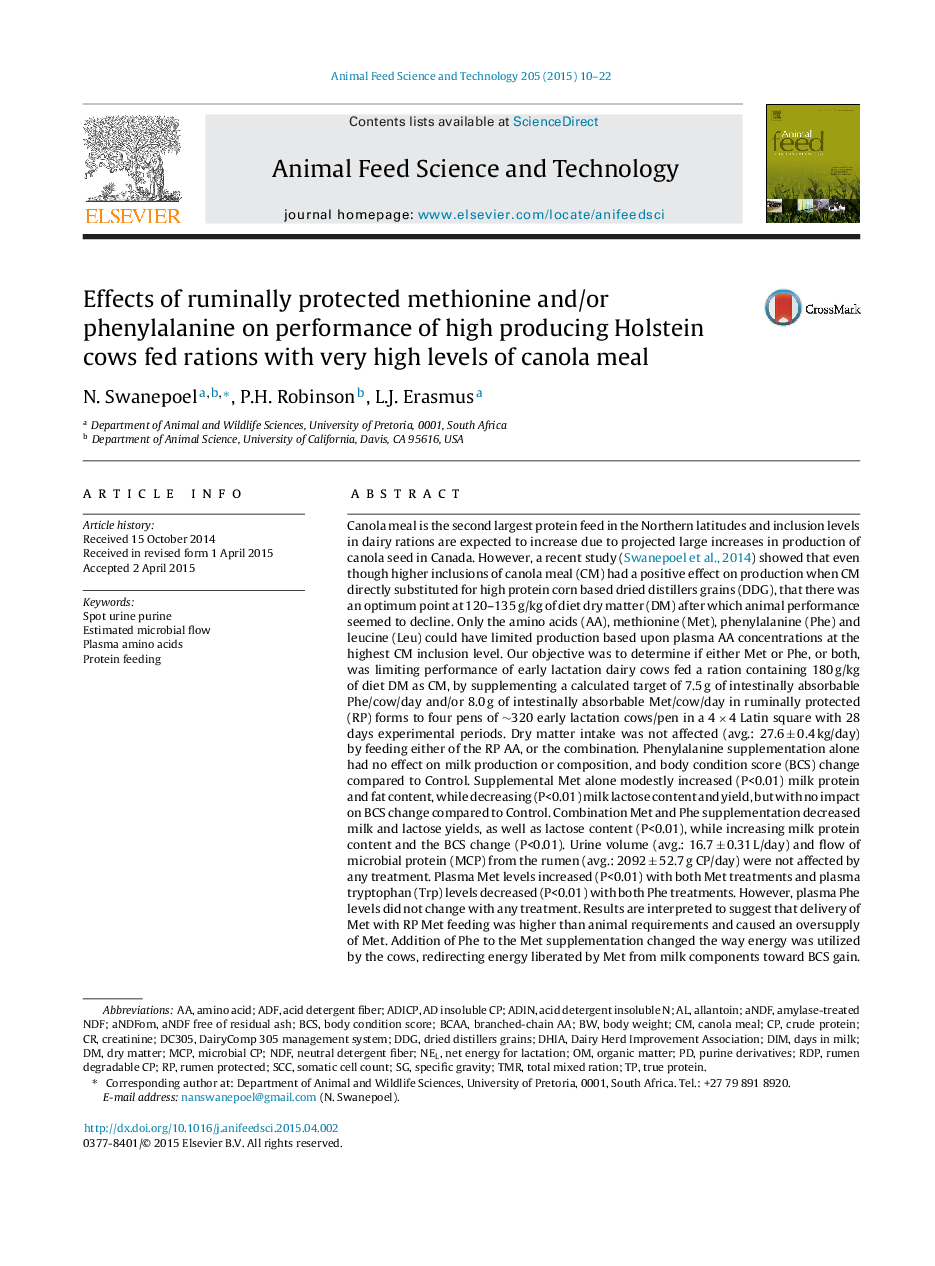| Article ID | Journal | Published Year | Pages | File Type |
|---|---|---|---|---|
| 6008096 | Clinical Neurophysiology | 2015 | 13 Pages |
Abstract
Multiple system atrophy (MSA) is classified into subtypes mainly showing cerebellar ataxia (MSA-C) and parkinsonism (MSA-P). To characterize the pathophysiological difference between the two subtypes, we recorded performances of visually guided (VGS) and memory guided saccade (MGS) tasks in 27 MSA-C patients, 14 MSA-P patients, 14 patients with spinocerebellar degeneration (SCD) exhibiting pure cerebellar symptoms, 61 Parkinson's disease (PD) patients, and 50 age-matched normal subjects. Compared to normal subjects, VGS latency was prolonged and VGS accuracy reduced in all patient groups, and the changes progressively deteriorated with advancing disease. In contrast, the latency and success rate of MGS stayed similar to the normal level throughout the disease stages for SCD, MSA-C, and MSA-P patients, whereas in PD patients, both latency and success rate of MGS deteriorated progressively with advancing disease. MGS amplitude was reduced compared to normal subjects and deteriorated progressively with advancing disease stage in MSA-P and PD patients, but not in SCD patients. The results suggest that in terms of saccade latency MSA shows changes more similar to SCD, indicating that function of the direct pathway of the basal ganglia is relatively preserved compared with PD. Meanwhile, MGS amplitude in MSA-P shows a decline similar to PD patients.
Related Topics
Life Sciences
Neuroscience
Neurology
Authors
Yasuo Terao, Hideki Fukuda, Shinnichi Tokushige, Satomi Terada, Akihiro Yugeta, Ritsuko Hanajima, Yoshiko Nomura, Masaya Segawa, Yoshikazu Ugawa, Shoji Tsuji,
